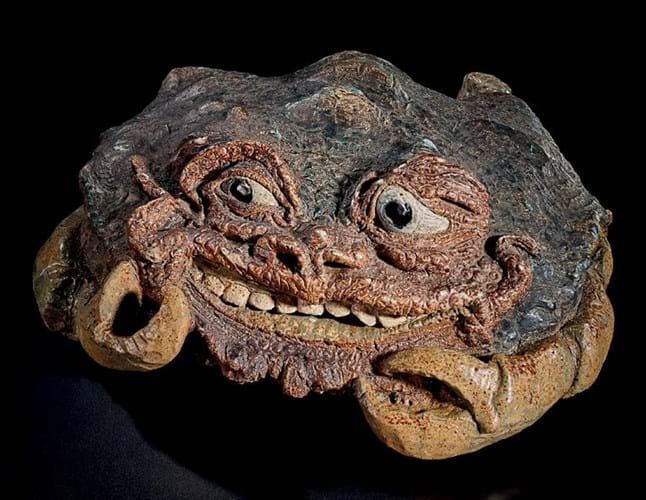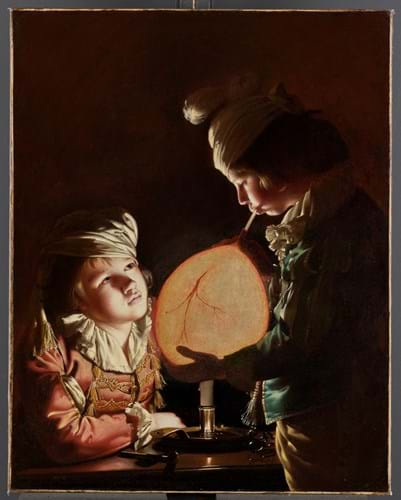
The 15th annual report on the operation of the export controls on objects of cultural interest (as required by the Export Control Act 2002) was published this month covering a two-year period (due to the impact of the coronavirus pandemic).
Acquisitions by UK institutions include a pair of champagne standard lamps by Salvador Dalí and Edward James purchased by the Victoria and Albert Museum at £425,000 (plus VAT of £15,000), Walton Bridges by Joseph Mallord William Turner purchased for £3.48m by the Norfolk Museums Service, a double-manual harpsichord by Joseph Mahoon purchased for £85,560 by Gainsborough’s House and a flag and sledge from Ernest Shackleton’s Nimrod expedition to the Antarctic in 1909 which were acquired by the National Maritime Museum and the Scott Polar Research Institute for a total of £204,700.
Although 12 treasures were bought by institutions after export licences were not approved, 20 were not saved across the two years.
Over the two-year period, 2018-20, from 34 deferred cases in total, 12 items were acquired, 20 licences were (or will be) issued and two licences refused.
The items saved for the nation were:
- Notebooks of Charles Darwin’s mentor, Charles Lyell – acquired by the University of Edinburgh
- An annotated copy of Lady Chatterley’s Lover used by the judge who presided over the 1960 obscenity trial – acquired by University of Bristol (previously sold at Sotheby’s)
- A Martin Brothers crab – acquired by The Box in Plymouth (previously sold at Phillips New York)
- The flag and sledge from Ernest Shackleton’s Nimrod expedition to the Antarctic in 1909 – acquired by the National Maritime Museum and the Scott Polar Research Institute (previously sold at Bonhams)
- A pair of champagne standard lamps by Salvador Dalí and Edward James – purchased by the Victoria and Albert Museum (previously sold at Christie’s)
- The Spanish Armada in the Year 1588 – purchased by the National Museums Northern Ireland
- Trumpeters by Nainsukh of Guler – purchased by the British Museum
- Walton Bridges by Joseph Mallord William Turner – purchased by the Norfolk Museums Service (previously sold at Sotheby’s)
- A double-manual harpsichord by Joseph Mahoon – purchased by Gainsborough’s House (previously sold at The Canterbury Auction Galleries)
- A tear-shaped Bidri tray – purchased by the Victoria and Albert Museum
- (previously sold at dealership Simon Ray)
- Manuscript of poetry by John Donne – purchased by the British Library
- (previously sold at Sotheby’s)
- Collected scientific works in Latin by Lewis of Caerleon – purchased by the British Library
Art, antiques and collectables that are deemed ‘cultural goods’, that are more than 50 years old and exceed a certain value, require an individual licence for export out of the UK.
The government can delay and eventually refuse the granting of an export licence for items deemed of national importance under specified criteria known as the ‘Waverley’ criteria (based on history, aesthetics and scholarship).
If the item meets any of the criteria the export can be temporarily stopped and a licence denied to give UK museums and institutions the opportunity to acquire it via fundraising.

The sledge from Ernest Shackleton’s expedition that belonged to Eric Marshall. Along with the flag, the two pieces have been bought for £204,700 and will now go to two UK institutions.
The decision is taken on the advice of the Reviewing Committee on the Export of Works of Art and Objects of Cultural Interest (RCEWA).
Sir Nicholas Serota, chair of Arts Council England, said: “This report gives an insight into how vital the work of the Reviewing Committee in drawing attention is to works of art and objects of national significance that are threatened with export. I am delighted that 12 national treasures have been retained by UK institutions at a challenging time for fundraising.”
Among the 20 items not saved during the two year period were:
- An Academy by Lamplight by Joseph Wright of Derby
- Two Boys with a Bladder by Joseph Wright of Derby
- A William IV mahogany table owned by Charles Dickens
- Bust of Peace by Antonio Canova
- Three autograph manuscript leaves by Charles Darwin
- Going to Market, Early Morning by Thomas Gainsborough
Sir Hayden Phillips, chairman of the RCEWA, said: “The support of funding bodies continues to be paramount in allowing these ‘national treasures’ to remain in public collections for current visitors and future generations to enjoy.”
The full report can be viewed here: https://www.artscouncil.org.uk/publication/export-objects-cultural-interest-2018%E2%80%9319-and-2019%E2%80%9320







